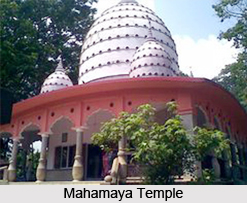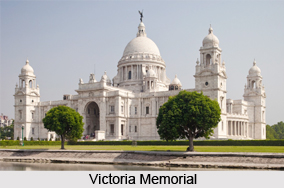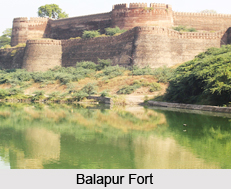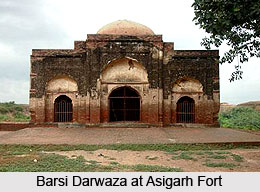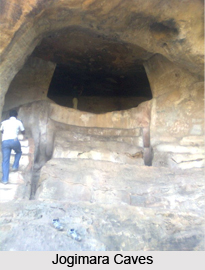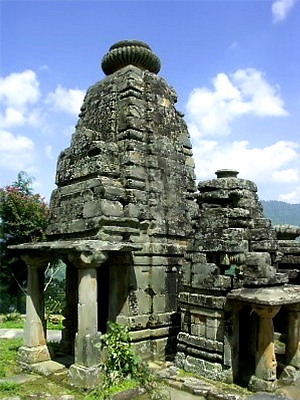 Architecture of Kumaon defines the richness of art in the region. Kumaon has a unique sense of style for art and architecture. On one hand it can be seen as scattered settlements of the higher Himalaya Mountain and the populated agricultural valleys, and on other hand the temples naulas-bawaris (water tanks), forts and dharamshalas (inns).
Architecture of Kumaon defines the richness of art in the region. Kumaon has a unique sense of style for art and architecture. On one hand it can be seen as scattered settlements of the higher Himalaya Mountain and the populated agricultural valleys, and on other hand the temples naulas-bawaris (water tanks), forts and dharamshalas (inns).
Stone walls, mud floors, slate roofs and patangans (courtyards of gray stone) can be seen with all the traditional houses in Kumaon. The main entrance (also known as Kholis), doors and windows have detailed drawings of Lord Ganesh and other holy gods and goddesses. The carpenters and wood carvers never forgets to make closed nestles for birds. We see that there is availability of concrete and brick houses in Kumaon but, the usage of use stones, slate and wood for the construction of houses is still quite common.
The temples, monuments and structures that have been constructed about thousand years ago, follow a local style sense, known as the "Himadri" style of architecture. The temples at Katarmal, Thal, Jageshwar, Almora, Baijnath, Gangolihat, Someshwar, Dwarahat, Patal Bhuvaneshwar and Marsoli are very good examples of the local style, which is often termed as post Gupta architecture.
Along with the art and architecture, the Kumaoni does also have a distinct sense of sculpture. One can find numerous idols in temples and even outside temples. The idols at Dwarahat, Jageshwar, Katarmal, Kasni, Baijnath Temple and Champawat bear enough evidence of the rich tradition of art and sculpture of Kumaon Division. The statues made of gold are also worth seeing. Likewise, the Ek Hathia Naula near Champawat and Ek Hathia (literal meaning, `one handed`) Deval near Thal are strange expressions, not only because of the stories related to their creation, but also from the view point of their architectural designing style. There are also few statures and monuments that bear the influence of Buddhist art and architecture. The region is also wealthy in numismatic and epigraphic expressions.
There are also victory pillars (one piece) that are scattered all over the region of Kumaon and few ruins of various forts can also be seen at Pithoragarh, Almora, Champawat District, Karnkarayat, Gangolihat, Sira and Kuri.
